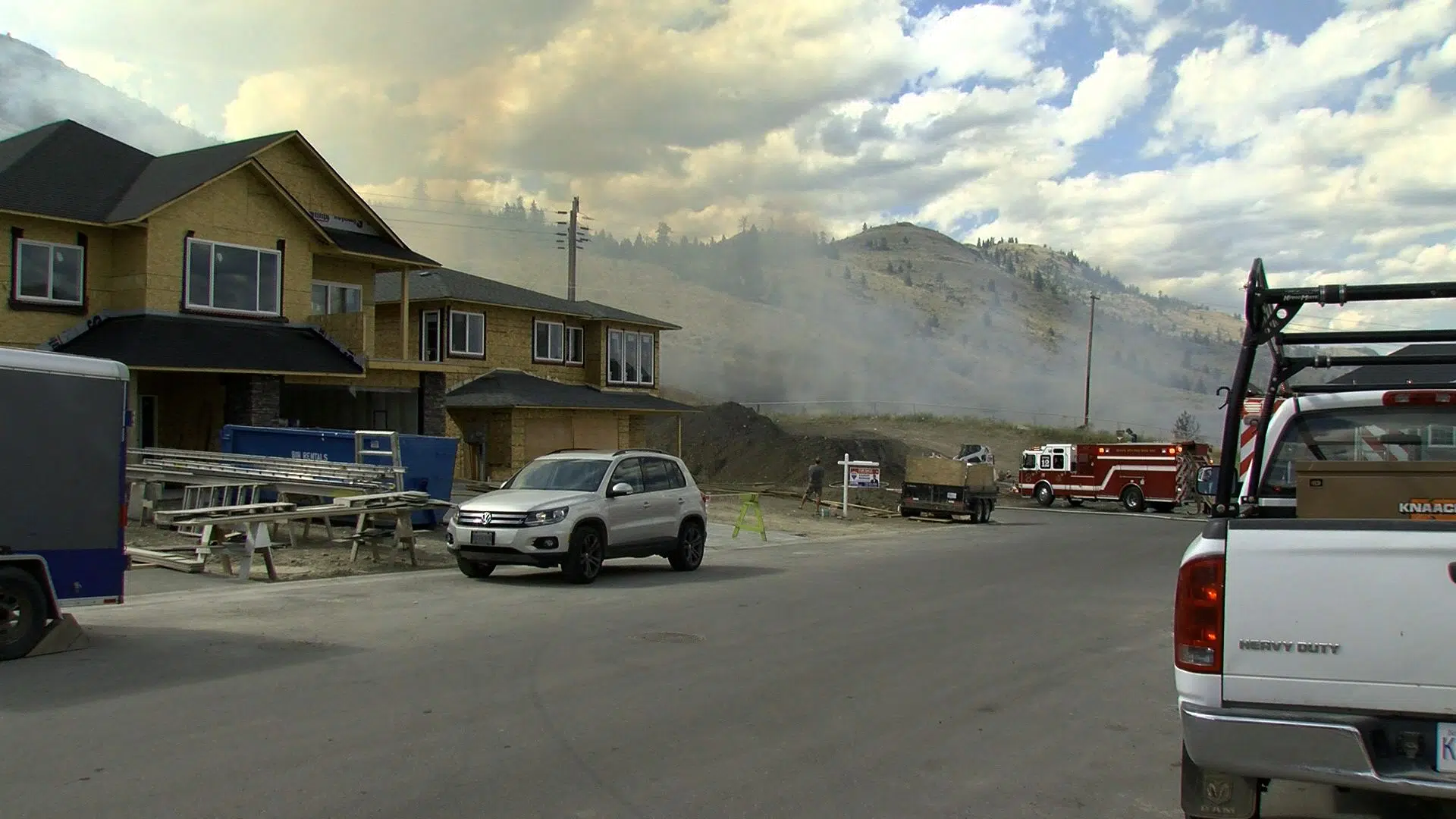
Wildfire 2017: Fuel management key to preventing interface fires
KAMLOOPS — Last week, we looked back at the 2017 Wildfire season, and the impact it had on our province and region.While the cost to many communities was high, the potential for destruction was even greater. CFJC Today looks at that potential, and what can be done to avoid a greater loss of property in future fire seasons.
2003 was one of the most severe fire seasons in British Columbia’s history, prior to 2017.
That summer, more than 265,000 hectares went up in flames, and over 300 homes were lost between the two most notable fires – the Okanagan Mountain Fire destroyed and damaged 238 homes, while the McLure Fire damaged 72 homes and 9 businesses.


